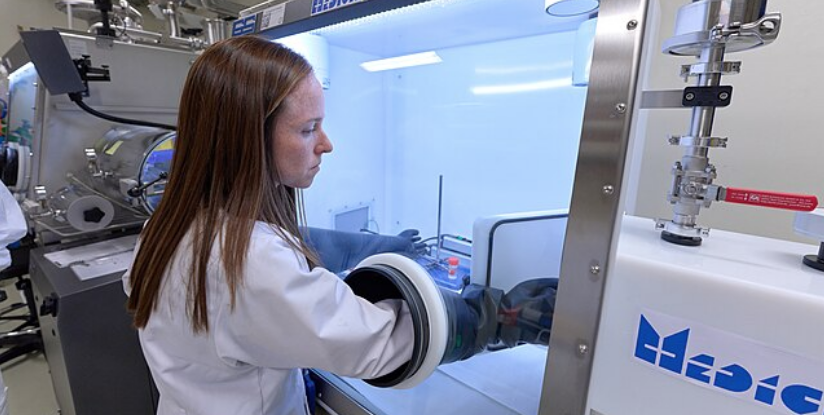Heat stroke is a serious condition that can occur when the body’s internal temperature rises rapidly, leading to dehydration and other health problems. It is important to recognize the signs of heat stroke and seek medical attention if you experience any symptoms.
When exposed to extreme heat, the body’s natural cooling mechanisms can become overwhelmed, leading to a rapid rise in temperature. This can cause confusion and central nervous system dysfunction, resulting in symptoms like rapid breathing, increased heart rate, dizziness, and red skin. In severe cases, heat stroke can lead to headaches, difficulty breathing, nausea, weakness, convulsions, and even coma.
If someone shows signs of heat stroke, it is important to call for medical help and move them to a cool, ventilated place. Providing cool water with salt and minerals supplements can help reduce body temperature. It is also important to provide care for unconscious individuals by performing emergency circulatory support and artificial respiration until they are stable enough to be transported to a hospital or clinic.
To prevent heat stroke from occurring in the first place, it is important to limit exposure to extreme heat sources such as direct sunlight or hot environments. Wearing light-colored breathable clothing and using sunscreen are effective preventive measures as well as staying hydrated by drinking plenty of water before heading out into the sun. People with certain health conditions such as heart disease or diabetes are at higher risk for heat stroke so they should take extra precautions during hot weather conditions. Elderly individuals and children are also at higher risk due to their susceptibility towards dehydration and their bodies not being able regulate temperature effectively as much as adults do.
It is crucial that we understand how our bodies respond in extreme temperatures so we can take proactive measures to stay safe from heat-related illnesses such as heat exhaustion or heatstroke. By following guidelines on staying cool and hydrated in hot environments and recognizing the warning signs of heat stroke we can significantly reduce our risk of experiencing these dangerous conditions.



